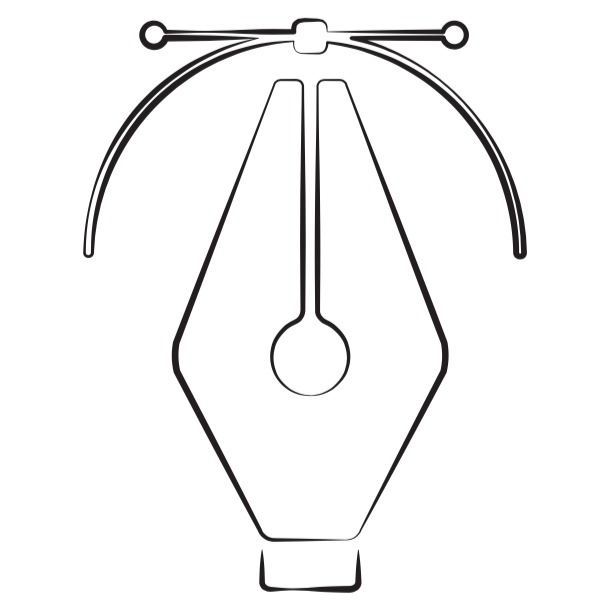3d Typographic Experiments
The inspiration for the above animation was driven by handcrafted quill type. If you Google “paper quill type” you’ll see samples and it’s quite amazing. Before the animation was conceived I first tried my hand at making a static rendering. I made the 2d shapes in Illustrator and then brought them into Cinema 4D to create the extruded 3D renderings. The “O” was my first attempt:
After the “O” I gave the letter “T” a shot:
Then I realized I could substitute the “quillish” forms for something different. The “a” was born from this:

Below is a demonstration of me creating 3D type from start to finish. I present the letter “P”:
I got to thinking about how these shapes would make for a fantastic animation. The initial thought was to simply animate what I had already modeled and textured, but I didn’t want the type to just draw out, I wanted to have some layered look happening in which the viewer would see an initial drawing of the path followed by the final stroke which would have a different look. I started with the same textures used in the above still renderings but had a tough time finding a material for the first brush stroke. After playing for a bit I settled on glass. Clear glass for the leading strokes followed by a second glass stroke with a tint applied to it. Below is my layered glass material test:
RENDERING & POST-PRODUCTION
I knew once I decided to go with two layers of glass that this sucker was going to be a rendering beast. This little project has all the items that typically bring render engines to a slow crawl: Global Illumination, Depth of Field, Reflection, Refraction, Transparency and almost 2,000 frames to render. After spending days tweaking Cinema 4Ds new R15 GI settings I finally found something that I could live with that looked decent, but didn’t take three months to render.
The music is from freestockmusic.com which has a decent size selection of great music tracks. The final post-production was done in After Effects and eventually outputted to a Quicktime file.






